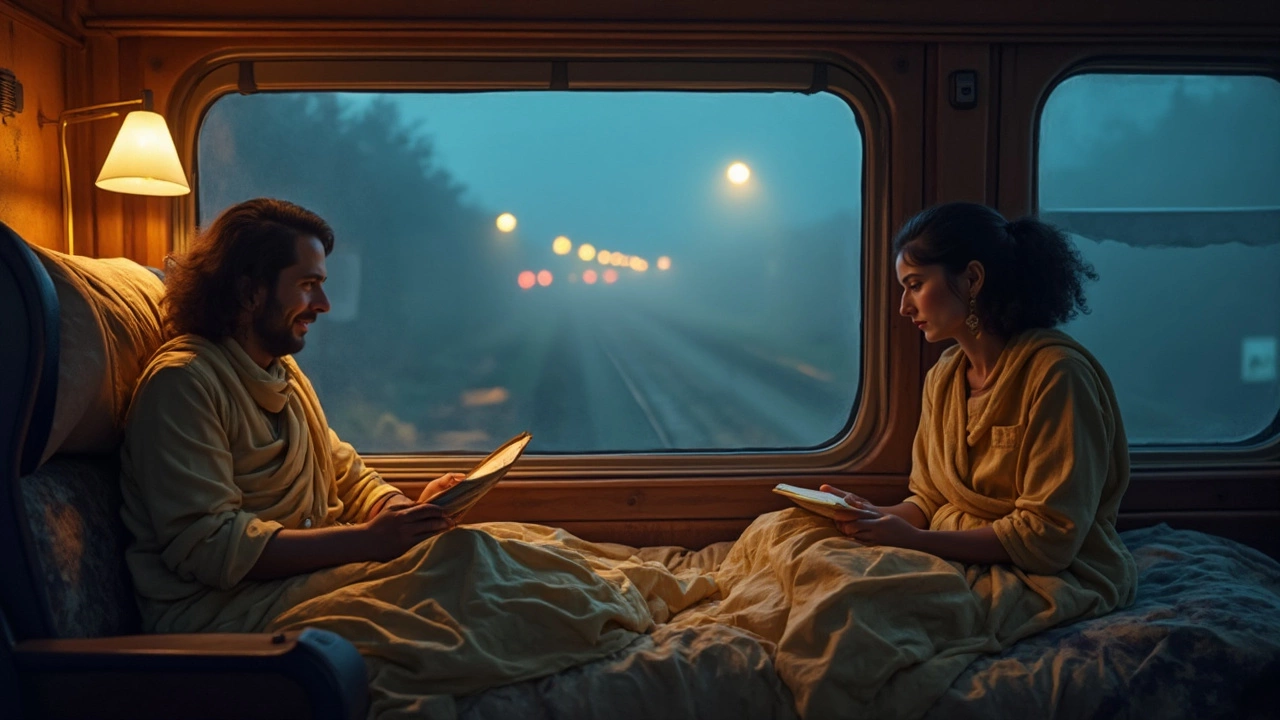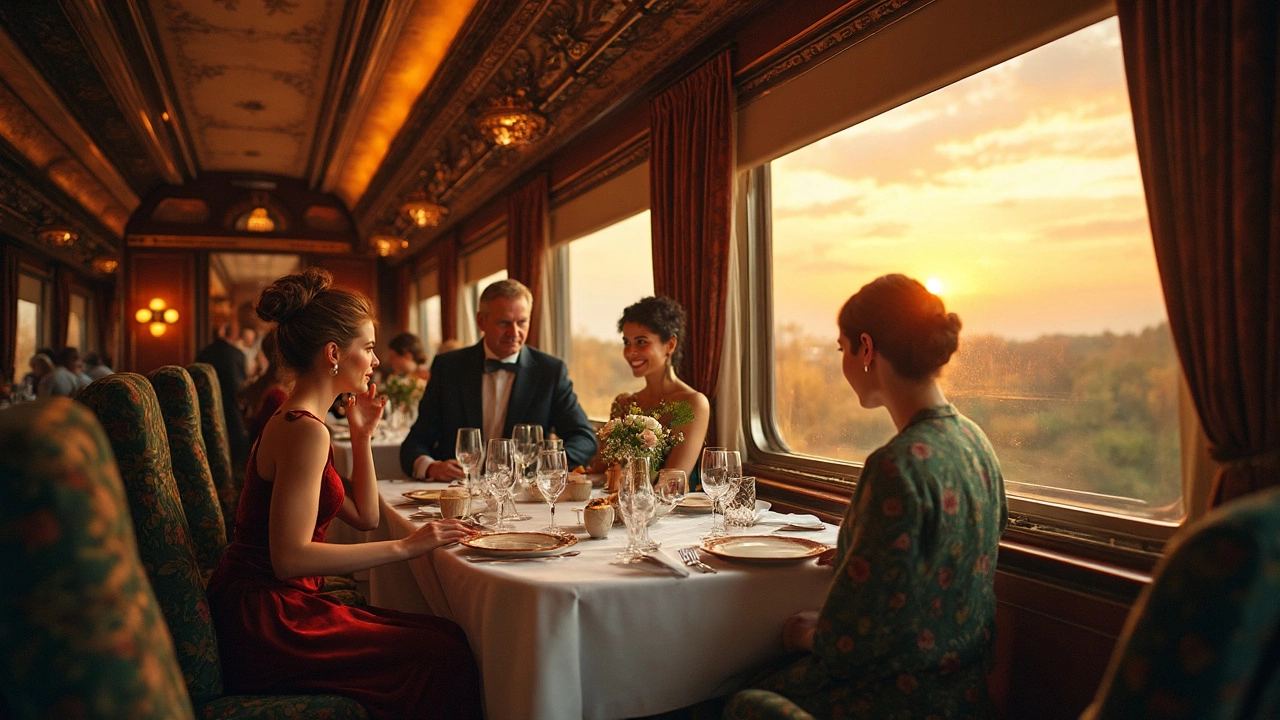Train Travel in India: Journeys, Routes, and What You Need to Know
When you think of train travel, a way to move across vast distances with cultural immersion and scenic views. Also known as railway tourism, it’s one of the most authentic ways to see India—not just from a window, but through the rhythm of the journey itself. Unlike flying or driving, trains in India let you watch villages pass by, smell street food being sold on platforms, and hear conversations in a dozen languages. It’s not just getting from A to B—it’s part of the trip.
India’s Indian railways, the world’s largest rail network under a single management, serving over 23 million passengers daily isn’t just about tickets and timetables. It’s a living system that connects the Himalayas to the coasts, and everything in between. Whether you’re hopping on a local commuter train in Mumbai or booking a luxury ride like the Pride of Africa, a high-end rail experience known for luxury, exclusivity, and curated excursions (yes, it’s not in India, but it sets the bar for what luxury rail can feel like), the scale and variety are unmatched. You don’t need to spend $12,500 to have a memorable ride—many budget travelers swear by overnight sleeper trains from Delhi to Jaipur or Chennai to Bangalore, where you get a bed, a meal, and a front-row seat to rural India.
But train travel in India isn’t just about comfort or cost. It’s about how routes shape your understanding of the country. The train travel experience changes depending on where you go: in the north, you might pass through ancient forts and wheat fields; in the south, you’ll see palm-lined stations and monsoon-green hills. Some routes, like the toy trains in Darjeeling or the Konkan Railway along the western coast, are famous for their engineering and views. Others, like the Deccan Odyssey or Maharajas’ Express, offer five-star service with butlers and guided excursions—proof that India’s rail culture can be both humble and opulent.
And while you might hear stories of delays or overcrowding, the truth is, millions of Indians rely on trains every day—not because they have no choice, but because it’s often the best way to travel. Tourists who take the time to ride trains don’t just see places—they meet people, taste regional snacks sold on platforms, and learn how to haggle for chai from a vendor who’s been doing it for 30 years. This isn’t a tourist attraction. It’s daily life, turned into a journey.
Below, you’ll find real stories and practical guides about train travel in India—from safety tips on long-distance routes to how to pick the right class, what to pack, and which luxury trains actually deliver on their promises. You’ll also see how train journeys connect to other travel themes you care about: heritage sites, food safety, regional differences, and even how to stay healthy on the road. No fluff. Just what works, what surprises you, and what you won’t find in a brochure.

